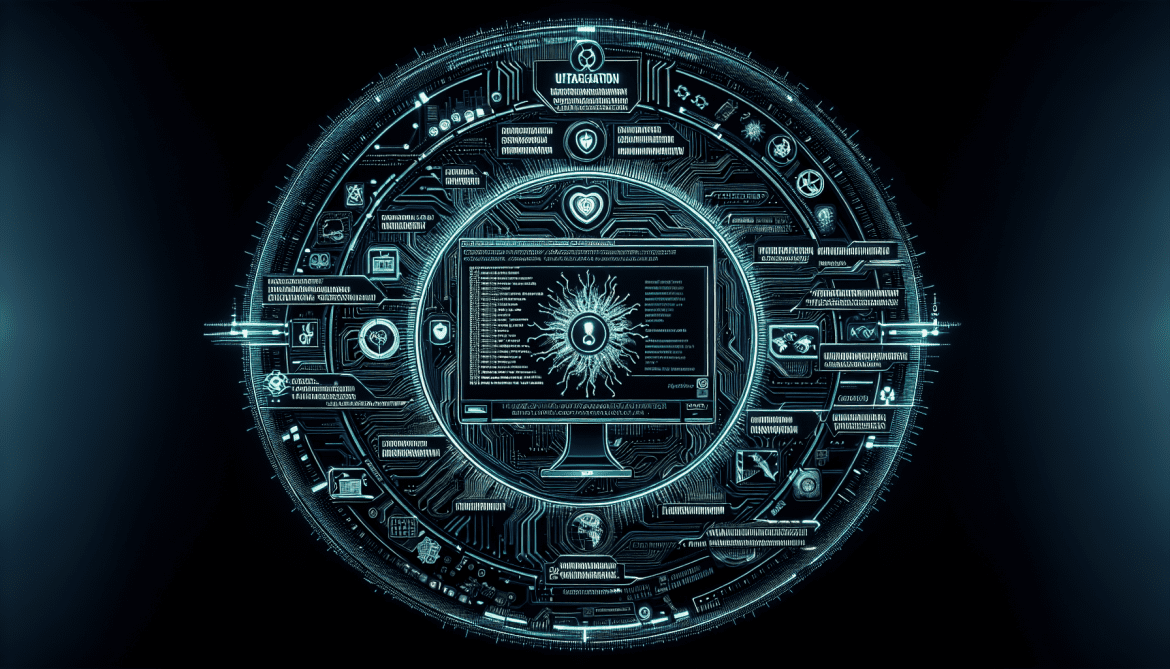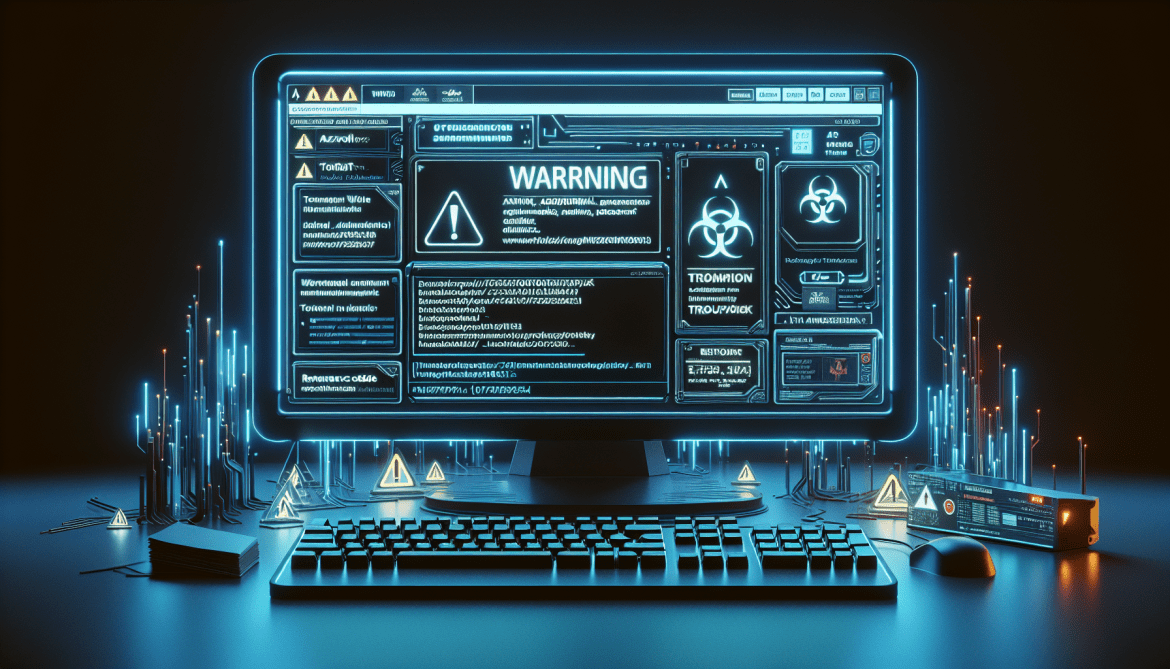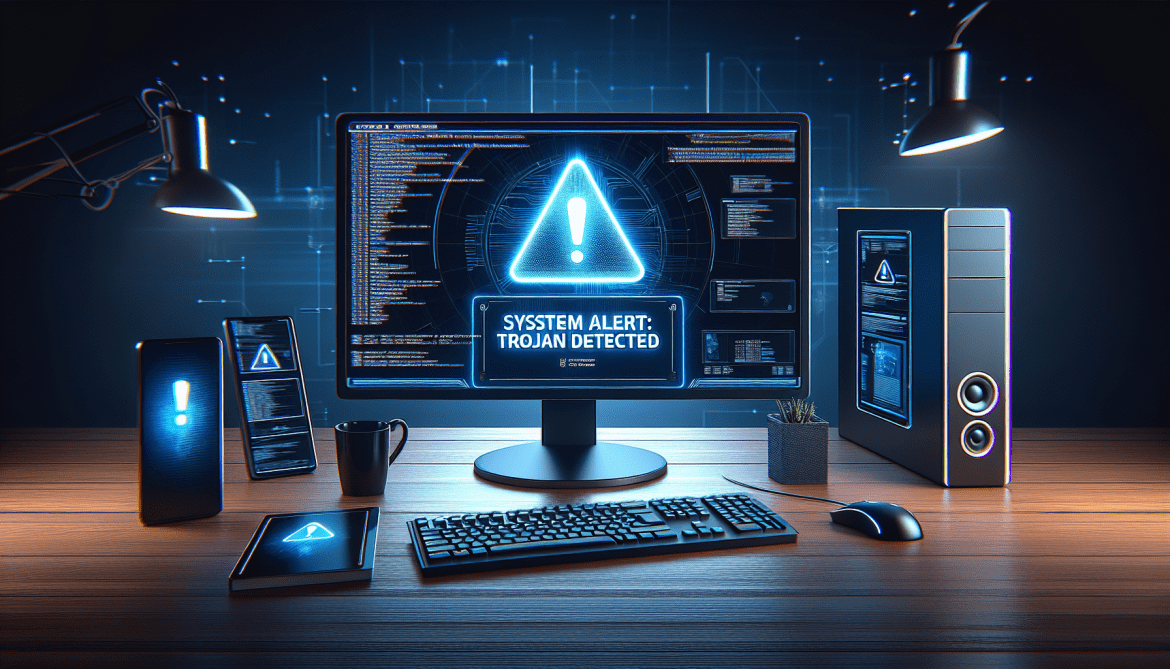Worm:Autoit/Victy!Rfn is a type of malware that belongs to the AutoIt family of worms. AutoIt is a scripting language commonly used for automation and creating Windows GUI applications. However, cybercriminals also leverage its capabilities to develop malicious scripts and worms like Worm:Autoit/Victy!Rfn.
The exact method of infection may vary, but here is a general overview of how Worm:Autoit/Victy!Rfn can infect computers:
1. Email Attachments: The worm may be distributed through malicious email attachments. The email could be disguised as a legitimate file or document, enticing users to open it. Once the attachment is opened, the worm executes and infects the computer.
2. Drive-by Downloads: Worm:Autoit/Victy!Rfn can also be contracted through drive-by downloads. This occurs when a user visits a compromised or malicious website that automatically downloads and executes the worm without the user’s knowledge or consent.
3. Peer-to-peer Networks: The worm may spread through peer-to-peer (P2P) file-sharing networks. It can be disguised as a legitimate file or program, tricking users into downloading and executing it.
4. Infected External Devices: Worm:Autoit/Victy!Rfn can also propagate through infected external devices like USB drives or external hard drives. When a user connects an infected device to their computer, the worm can spread and infect the system.
Once the Worm:Autoit/Victy!Rfn worm infects a computer, it may perform various malicious activities. These activities can include:
– Replicating itself to other files, folders, or network shares to spread the infection.
– Modifying system settings or files to gain persistence and ensure it runs every time the computer starts.
– Disabling security software or creating backdoors to allow remote access by hackers.
– Stealing sensitive information like login credentials, banking details, or personal data.
– Launching distributed denial-of-service (DDoS) attacks, where multiple infected computers bombard a target server with traffic, causing it to become overwhelmed and unavailable.
It’s important to note that the information provided here is a general overview of how Worm:Autoit/Victy!Rfn and similar worms can infect computers. The specific methods and techniques used by malware can evolve and change over time. To protect your computer, it’s crucial to maintain up-to-date security software, exercise caution when opening email attachments or visiting unfamiliar websites, and regularly update your operating system and applications.










